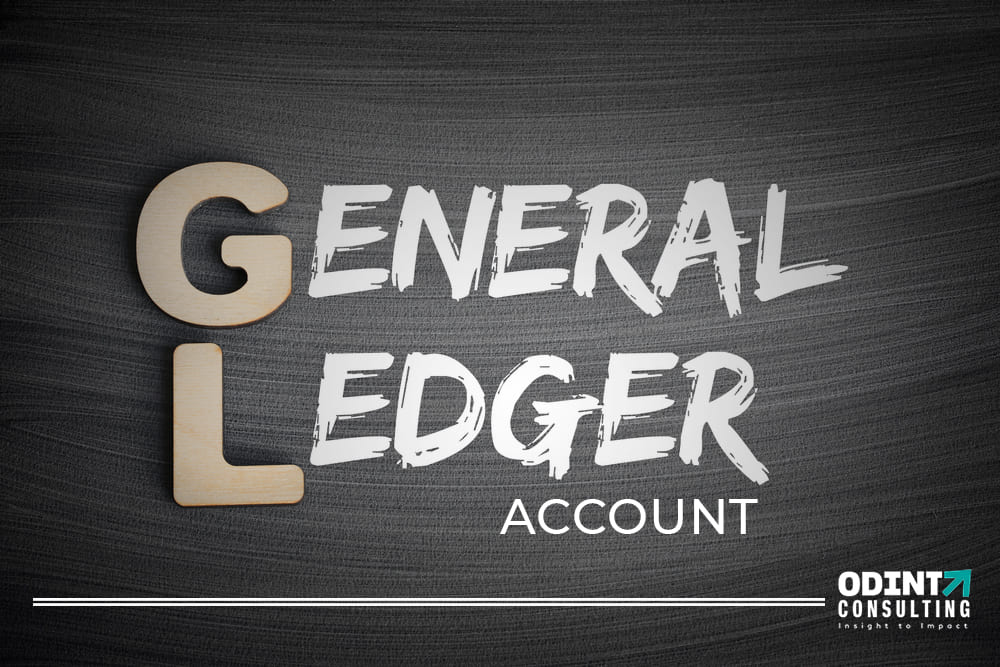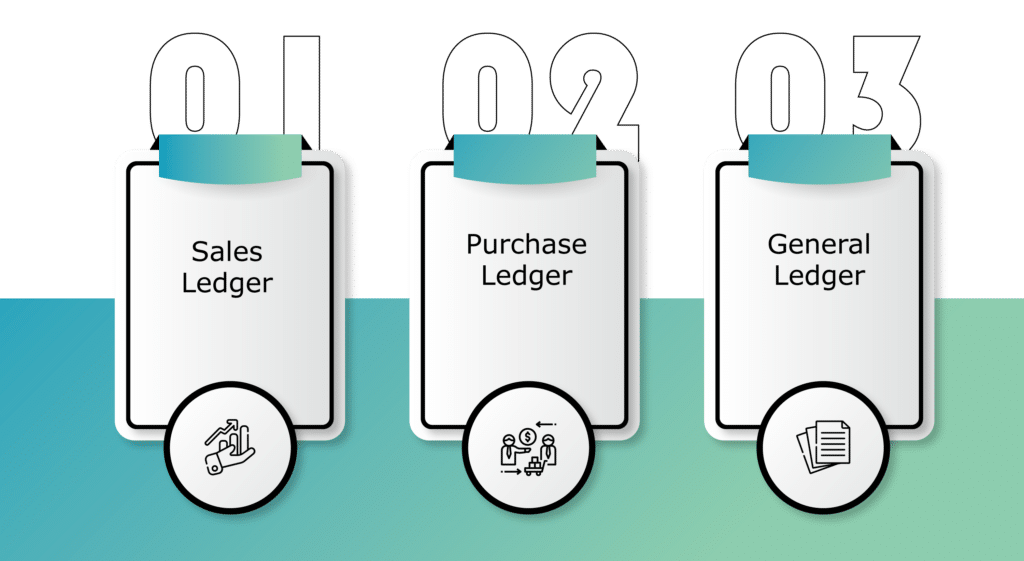
What Is A Ledger Account?
A ledger account is a journal that has all the information about the financial transactions and statements of a business or a company. The general ledger account of any business has different balance sheets which are classified under multiple accounts such as assets, liabilities, accounts receivables and payables, revenue and expenses, taxes, profit and loss, salary and wages, and many more. The ledger book is the most important book for any business as it maintains all of its accounting information and exhibits the financial position of the company.
Types Of Ledger Accounts

Sales Ledger – The sales ledger of a business shows all the transactions related to the sale of the products or services to the customers and their costs. This particular ledger gives information about the sales revenue and income statement.
Purchase Ledger – The purchase ledger has all the transactions regarding the goods, services, and products that it purchases from other businesses. Thus, the purchase ledger gives information about how much money is paid to other businesses.
General Ledger – The general ledger can be divided into two parts: Nominal Ledger and Private Ledger.
A nominal ledger has all the transactions related to income, expenses, depreciation, and insurance.
A private ledger has all the information regarding salaries, wages, capital which is private and not accessible to everybody.
General Ledger Account
There are broad categories under the general ledger account which give all the necessary information.
1. Assets – Assets can be defined as a resource that holds a financial value that is controlled and used by the company or the business. There are different categories of assets that companies use, create and benefit from. The six types of assets are the following:
Current Assets
The current assets of a company can be easily converted into liquid cash within a period of one year and are known as liquid assets. These include cash or cash equivalents, accounts receivables, short-term investments, inventory, and marketable securities.
Fixed Assets
Fixed assets cannot be converted into liquid cash within the time period of one year. These are called long-term assets which include real estate, machinery and equipment, furniture, patents, and long-term investments.
Tangible Assets
These assets have a physical presence such as real estate, cash, stationary, machinery, equipment, and vehicles.
Intangible Assets
Intangible assets do not have any physical presence but they benefit the company on a long-term basis. These include goodwill, patents, brand recognition, trademarks, and research and development.
Operating Assets
These assets are used to generate income through the core business operations. These include machinery, equipment and tools, cash, real estate, and patents which are used in the main operations of the business.
Non-operating Assets
The non-operating assets do not help in the generation of income through the core business operations but through other ways. These include marketable securities, unused land, unallocated cash, spare equipment, and short-term investments.
The assets of a company are expensed differently. Assets that have a physical presence such as fixed and tangible assets are depreciated while assets that do not have any physical presence such as intangible assets are amortized.
2. Liabilities – Liabilities are any kind of debt that the company needs to pay. These include mortgages, bank loans, IOUs, or any other sum of money that the company needs to pay to someone. There can be two different types of liabilities which are Current Liabilities and Long Term Liabilities. Current Liabilities are those which can be liquidated within the span of one year. These include accounts payable, wages payable, and accrued liabilities that can be paid within one year. Long-term liabilities are those payables that cannot be liquidated within the span of one year.
3. Revenue – Revenue can be defined as the value of the sale of all goods and services that are recognized by the company in a period of time. Revenue includes sales of goods and services, dividends, interests, capital gains, and rental incomes.
4. Expense – Expense can be defined as the expenditure which is deducted from the total revenue of the company in order to arrive at the net income. Expenses can be divided into two different categories which are Operating and Non-operating Expenses and Fixed and Variable Expenses.
Operating Expenses
These include the costs of goods and services sold, marketing and advertising, salary and wages, insurance and rent, depreciation and amortization, and other general and administrative expenses.
Non-operating Expenses
These include tax, interest payments, and impairment charges on assets.
Fixed Expenses
These include rent, salaries, wages, and benefits.
Variable Expenses
These include transaction fees, commissions, and marketing and advertising costs.
5. Capital – Capital can be defined as anything that can help increase the ability of a business or a corporate entity to increase its value generation. Capital can be of various types such as financial, human, intellectual, natural, social, physical, etc. In business, there are 3 categories of capital.
Financial
Financial capital includes debt, equity, investment, and working capital.
Human
Human capital includes the social, intellectual, and physical skills and talents of human beings.
Natural
Natural capital includes natural resources such as water, land, solar energy, animals, trees, etc. that can be used to increase income generation.
Conclusion
These are all the things that are included in a general ledger account. It is very important to distinguish among various types of assets and liabilities, income and expenditure, and keep a record of any type of capital that is being employed by the company.

